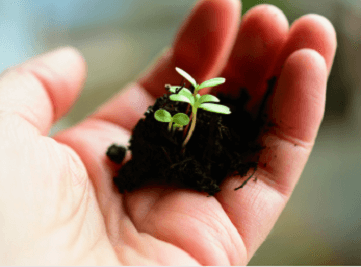American cotton farmers are having such a difficult year that even a potential trade deal between the U.S. and China is likely to offer them little comfort.
That would have been unthinkable just a few months ago for Jeremy Brown, a fourth-generation cotton grower in Texas who began the year full of optimism. While a spring deluge was disrupting planting of other crops such as corn and soybean, it brought welcome moisture to typically dry soil in the Lone Star state. Prices were also rallying after a smaller crop the previous season.
Then the weather turned, with scorching heat damaging crops. The persistent trade war between Washington and Beijing choked U.S. exports to China, the world’s top cotton buyer. Global output boomed with help from Brazil, which is eating into American market share. Now, even though the farmers are included in a multi-billion dollar aid package to mitigate the impact of tariffs, the outlook for demand and the harvest is bleak.
“It’s just horrible,” 39-year-old Brown said from Lubbock, Texas, the heart of U.S. cotton.
While soybeans have become a poster child of the trade war, with everyone from U.S. President Donald Trump to Treasury Secretary Steven Mnuchin opining over the oilseed, cotton is one of the unsung victims of the tit-for-tat tariff battle. Only about 14 million acres of the fiber were planted across states including Texas, Georgia and Mississippi in the current season, compared with 76.5 million for soybeans and almost 90 million for corn.











